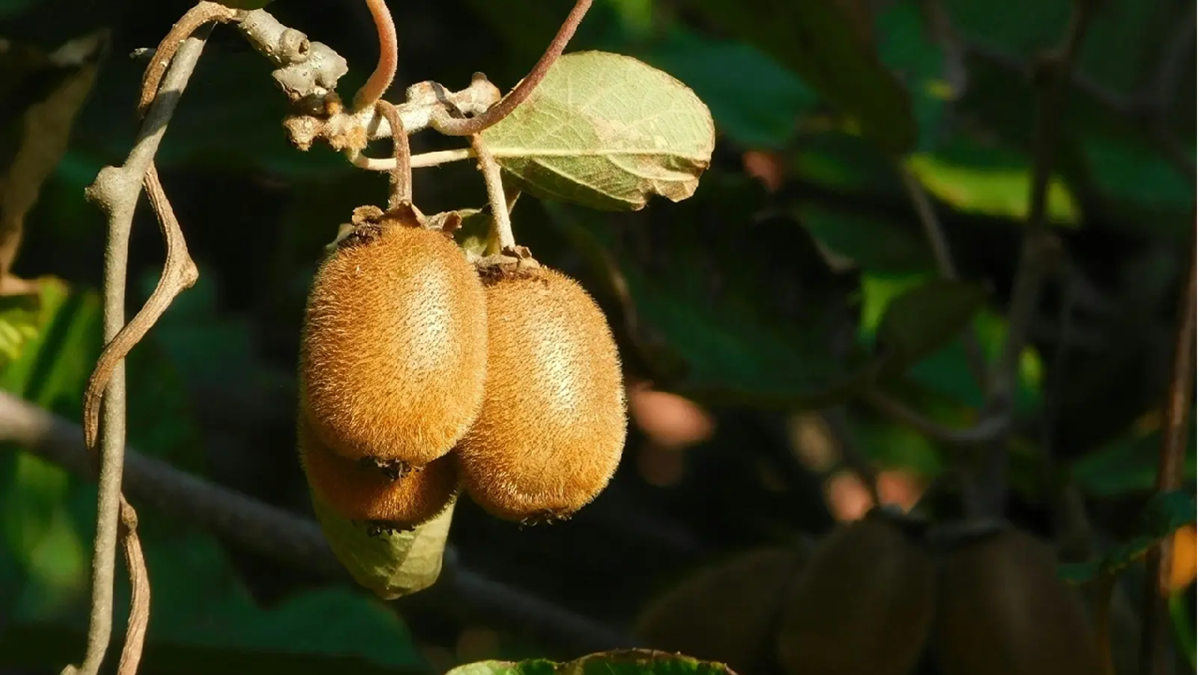Measurements
NIR applications in agriculture and food industry
Near-infrared (NIR) testing is a standard technology for evaluating food and agriculture products. NIR applications are rising as demand for non-destructive, accurate, and rapid food quality and safety analysis is increasing. Consequently, NIR technology is continuously being upgraded to improve performance and make it more affordable for scientists and all stakeholders in the food supply chain. This article will provide a framework for understanding NIR and its use in different agriculture areas.
07 December, 2022
Near-infrared (NIR) testing is a standard technology for evaluating food and agriculture products. NIR applications are rising as demand for non-destructive, accurate, and rapid food quality and safety analysis is increasing. Consequently, NIR technology is continuously being upgraded to improve performance and make it more affordable for scientists and all stakeholders in the food supply chain. This article will provide a framework for understanding NIR and its use in different agriculture areas. Improving application of NIR technologyFarmers need non-destructive, accurate, rapid, and user-friendly tools to use on the farm to give them detailed information on the physical and chemical properties of crops at every stage of their growth. They also need to monitor the maturity and quality of their products. Of course, quality control continues beyond the farm and is necessary throughout the supply chain and retail sector. Near-infrared technology, which has been used for the last four decades, provides vital agricultural solutions. Earlier, NIR technology consisted of mostly benchtop devices for at-line qualitative and quantitative analysis of samples. Analysis suffered from the high moisture content and physical and chemical heterogeneity of samples. Moreover, seasonal and regional variations reduced the objectivity of results. Spectroscopic research is progressing rapidly as stakeholders in the food industry realize the benefits it brings to their value chain. NIR technology can add value to any agricultural business in terms of production on the farm, processing, logistics, service, and marketing, giving them a competitive advantage. Significant progress in NIR spectroscopic research in spectral scanners and imagery is now combined with state-of-art chemometrics. Analytical models like artificial neural networks allow scientists to incorporate more parameters and differences arising from agricultural practices, climate, season, and cultivars. Many manufacturers, like Felix Instruments Applied Food Science, provide guidance for model building so scientists can customize existing models for other fruits and varieties. As a result, NIR technology is now simpler to use, more precise, and provides analysis in real-time. Grafting techniques for transferring chemometric models have also improved, making it possible to develop tools suitable for various pockets. Simultaneously, there has been miniaturization of technology, creating small portable devices more convenient to handle in the field, farm, greenhouses, or laboratory. Easy access to NIR precision tools has also enabled an expansion in applications. Scientists are continuously finding new applications for the technology. Recently, there has been an explosion of NIR applications in every facet of food production- grains, vegetables, fruits, animal rearing, and meat production. Determining harvest timeOne of the most widespread uses of NIR scanner-based devices is measuring dry matter to fix optimum harvest time and monitor the quality of grains, pulses, fruits, and vegetables. Dry matter (DM) is the total of all solids in a plant minus its water content. DM has been established as one of the most critical parameters in crop production. Non-destructive measurements are necessary since agricultural products are tested several times to determine if they are ready for harvest. Small, cost-effective devices, which give rapid, easy-to-understand results, can sample even large crop areas within a day. Felix Instruments Applied Food Science produces five quality meters based on NIR spectroscopy, which measure DM, soluble solids content (SSC), titratable acidity, and external and internal color of fruits. - The F-750 Produce Quality Meter is an open-ended research tool suitable for many fruits and vegetables - The F-751 Avocado Quality Meter measures dry matter as an indicator of oil content to determine the maturity of avocados - The F-751 Mango Quality Meter measures dry matter and ºBrix and is calibrated for the popular mango varieties - The F-751 Melon Quality Meter measures ºBrix in melon varieties like Cantaloupe and Honeydew - The F-751 Kiwifruit Quality Meter estimates DM and ºBrix in kiwi cultivars such as Hayward and Gold3. Additionally, NIR imaging by hyperspectral devices is often harnessed for quality control in berries such as strawberries and grapes. Together with advanced chemometrics, they identify the maturity of non-climacteric fruits by quantifying SSC. NIR for fruit processingSpectroscopic measurements have a wide range of uses during food processing. The use of NIR tools begins on the farm. Farmers growing fruits meant for processing to make juices, wines, and other liquids, place a premium on sugar content. Fruits have to be harvested at the correct time to achieve the right sugar content. Maturity and ripening are followed meticulously in the field to fix the optimum harvest time. The DM content is used to select the harvest date among climacteric fruits, such as apple or mango. In non-climacteric fruits, like berries and grapes that do not ripen much after harvest, the SSC of crops is monitored to fix harvest time. In the case of blackberries, both sugar content and acidity are checked. There are various NIR applications for sorting and processing fruits and vegetables: - Sugar content is also monitored post-harvest to use fruits at a similar stage of ripeness for processing - Water content is measured for several products meant for fresh consumption, such as mushrooms, vegetables, mango, banana, and strawberry - During the production of sultanas, which are produced by drying grapes, the moisture content is monitored in the field to fix drying time and in dry centers - NIR spectroscopy is used to establish the nutritional status of fruit juices, for example, bioactive compounds in pomegranate juice. In all these cases, non-destructive NIR tools that give instant readings are assets that assist decision-making in real-time. The F-750 Produce Quality Meter has successfully tested various fruits dry matter, SSC, acidity, color, and moisture content. NIR for quality controlNIR scanners for sorting, grading, and monitoring the quality of fresh produce and processed products during storage, transport, and retail are a significant application of this technology. The Felix Instruments range of NIR-based quality assessment devices is designed specifically for these tasks. Appearance, color, and texture are essential to ensure consumer satisfaction. Also, NIR testing of DM and SSC levels at harvest allows growers to produce fruits that meet consumer tastes. With quality meters, retailers can judge when the fruits are ripe enough to move goods from storage to shops. Early detection of over-ripe produce with NIR imaging, before the appearance of visual symptoms, can help in culling spoiled products to prevent ethylene from spreading and causing early ripening of other nearby produce. Or ready commercial NIR cameras for spot measurements can also be used to inspect the quality of fruits at purchase. The NIR images clearly show bruises long before they are visible to human eyes. Scientists are trying to establish NIR hyperspectral imaging for quality control of walnuts by checking for total fat, monosaturated, saturated, and polyunsaturated fatty acids. NIR scanners are also used in quality control of wide-ranging products such as honey, oils, or olives to ensure good purchases and advise buying choices. By detecting the hydrophilic phenols produced only by olives, NIR testing determines the authenticity of olive oil and checks that it is not adulterated. Similarly, adulteration of green banana flour can be spotted by NIR spectroscopy, improving export and income generation possibilities. The F-750 Produce Quality Meter from Felix Instruments can measure the internal color and firmness of fruits and internal decay in fruits and vegetables. It can also be used to check liquids, like juices or wine, and test hydrophilic phenols in olive oils. With NIR tools, quality control between the farm and shop is easy and can be performed often, as the method is quick and non-destructive. NIR testing is considered crucial in reducing food loss and ensuring food sufficiency.












